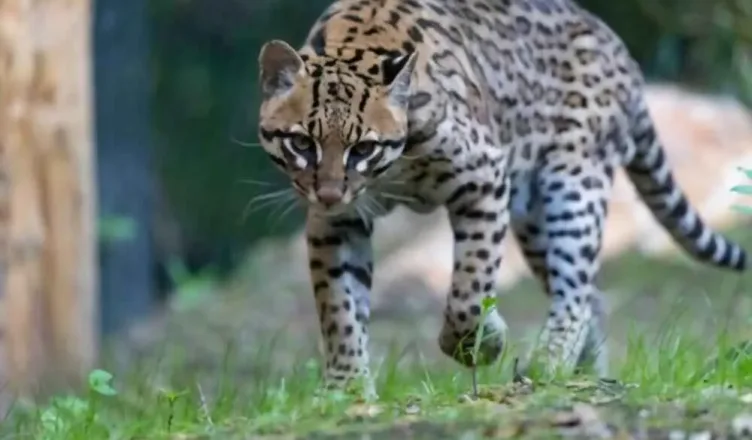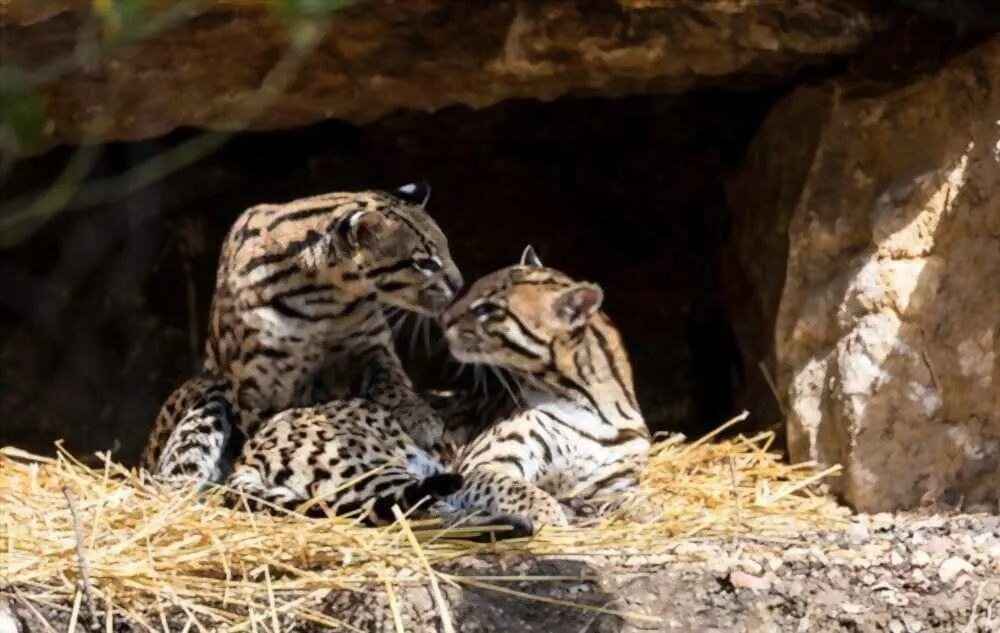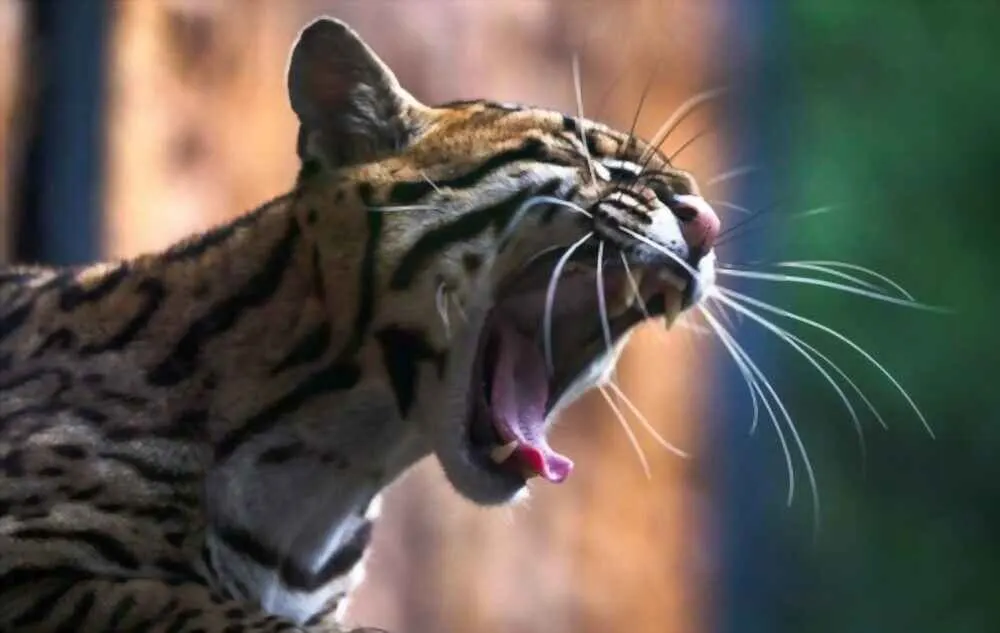What do you recognize approximately ocelots? They are a form of wild cat that lives in principal the USA and South the united states. The ocelot is the smallest species of wild pussycat in North the USA. The Ocelot Cat has been around for hundreds of years with its origins courting again to the Pleistocene technology. It is a nocturnal animal this means that it hunts in particular at night time, but they can be seen throughout sunlight hours as nicely before they return to their den site or safe haven for sleep. Their weight loss program consists largely of rodents, small mammals like mice and rabbits, birds, reptiles (frogs), and amphibians (toads).
Are one of the maximum lovely cat breeds around. They’ve a spread of colors and patterns that cause them to specific in their own way, however all ocelots proportion a few tendencies. Ocelots are without difficulty fallacious for small leopards due to their spotted coats, lengthy tails, and large ears. Regardless of this, they may be really pretty exceptional from leopards because they do now not roar or growl as big cats do. Ocelots additionally have spots as opposed to stripes on their bottom and stomach that can add extra contrast to their coat’s colour.
Ocelots weigh around 12 pounds on average, which is twice as much as house cats. The ocelot has a gorgeous spotted coat that varies from gold to dark brown depending on location or light.
Hunting Abilities
Ocelots hunt for the duration of nighttime hours, the usage of their eager sight and hearing capabilities to song down prey like rabbits, rodents, iguanas, fish, and frogs for food. Not like many other cats they do no longer keep away from water – ocelots can swim properly! In addition they take benefit of trees via stalking monkeys or birds while ultimate out of reach.
Habitat
In the wild: ocelot cats can adapt to human habitats but select living under leafy rain woodland canopies or brushland habitat; may be discovered as some distance north as Texas. A normal day for an Ocelot Cat might consist of looking birds on wing with other Ocelots up to 12 per institution called clans sharing prey after they live together; specifically active at night regularly nocturnal hunter so depends in large part on sight and hearing – has superb eyesight- makes use of its experience of odor too.
Ocelots normally mate from November thru January and then ladies will provide start among April to June. The lady will usually provide birth to two or 3 kittens in every clutter; it could be up to 5 if there are more than one mating together with her for the duration of that point. Ocelots have a tendency now not to mate until they reach sexual adulthood at round 15 months antique, however accomplish that as frequently as each different day whilst sexually active.
Ocelot kittens
Ocelot kittens are born with their eyes open, and they’ll start to stroll inside an afternoon or . Ocelots have rather short tails that taper into an upward curl on the stop, that’s used as a take care of when sporting them by way of their mothers. Ocelot kittens follow their mothers intently until approximately 18 months antique whilst it is time for them to strike out on their very own. This means moving from mom’s home variety (which averages 35 rectangular miles) to her mating.
Difference between Ocelot cat and serval cats
Humans usually can’t inform the distinction among the Ocelot cat and serval cat due to the fact they may be both very large cats but, if you appearance carefully there are some variations.
The serval is set two times as massive and has longer legs than an ocelot. It also has a great deal more important spots on its fur. Servals have a white underbelly and a black tail at the same time as ocelots have all-black fur, together with their tails.
Ocelots tend to be much less aggressive round humans since they stay in captivity while servals are regularly wilder due to their natural habitat.
Serval cats are a sort of wild cat that may be observed in Africa. The serval is the arena’s tallest domestic cat, with males averaging 2.2 toes and women averaging 1.8 ft. tall at the shoulder.
Ocelots, on the other hand, are a small species of untamed cat from South the united states and Mexico – they common about 30 inches lengthy including their tail however range anywhere from 18 to 36 inches long aside from its tail length.
Servals were bred in captivity for decades now (although it remains unlawful to preserve them as pets) this means that that you can stumble upon one if you visit some zoos or flora and fauna parks- although they’re now not often spotted in the wild anymore due to the fact people hunted them significantly until populations were decreased.


